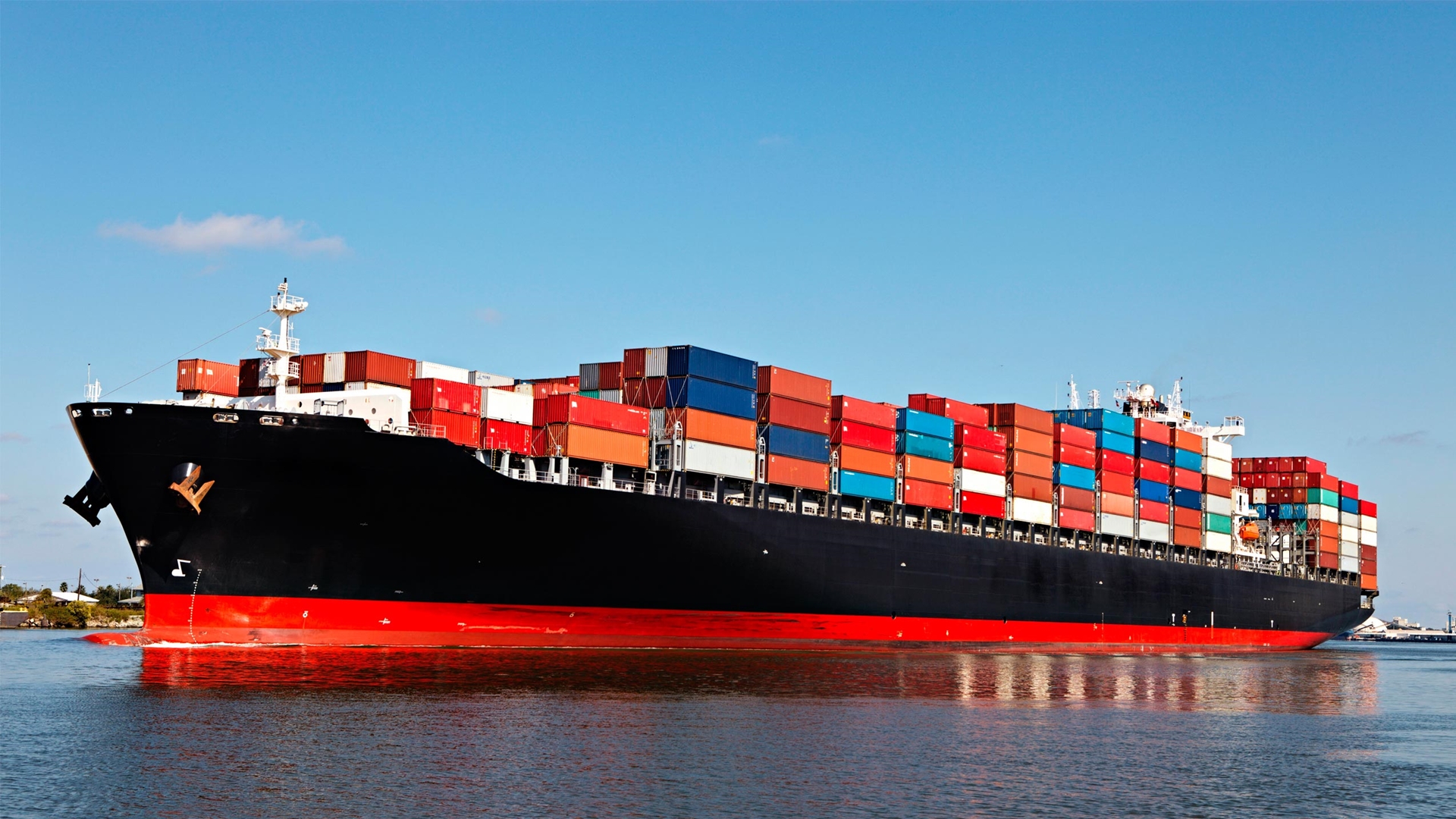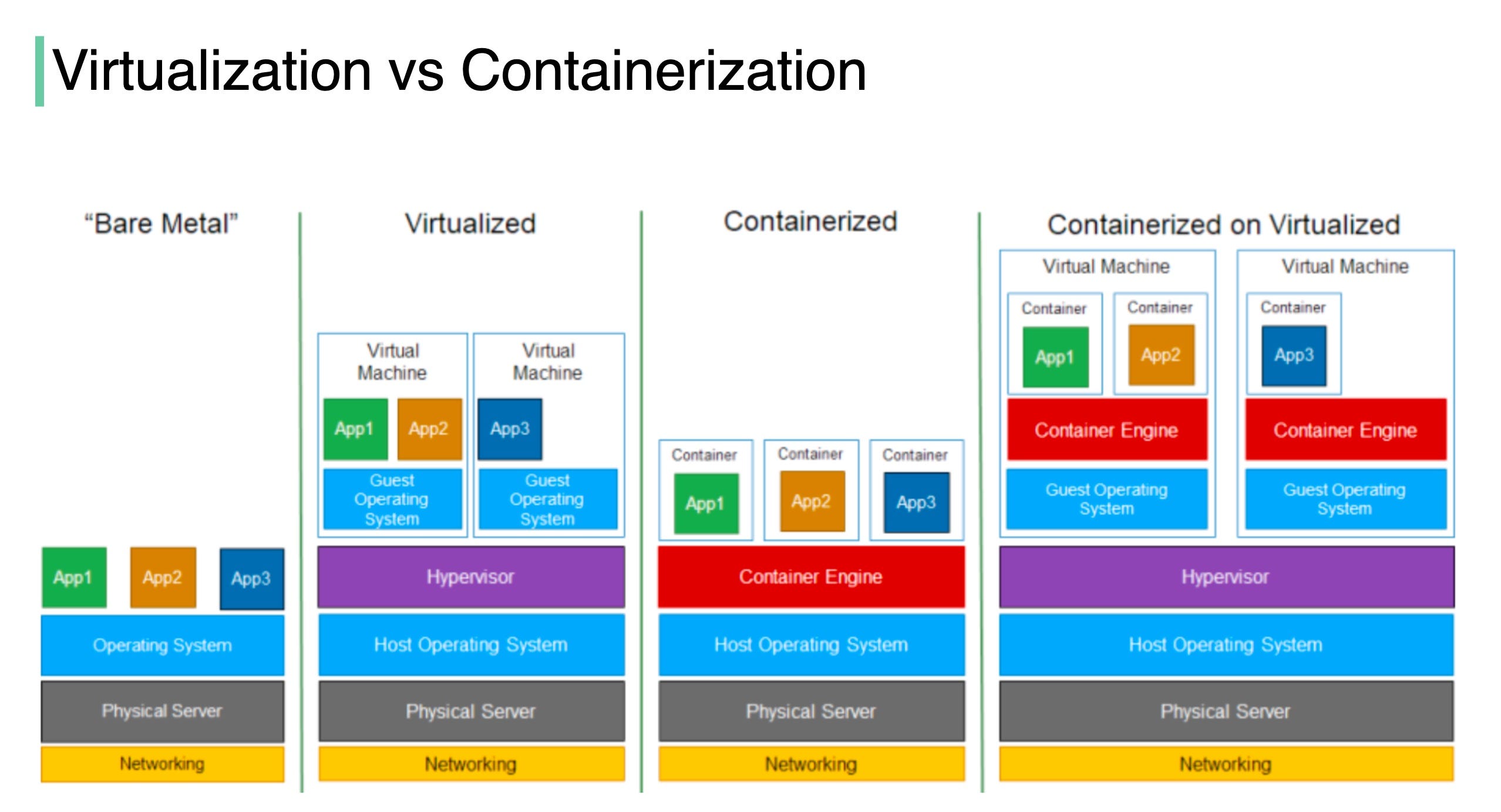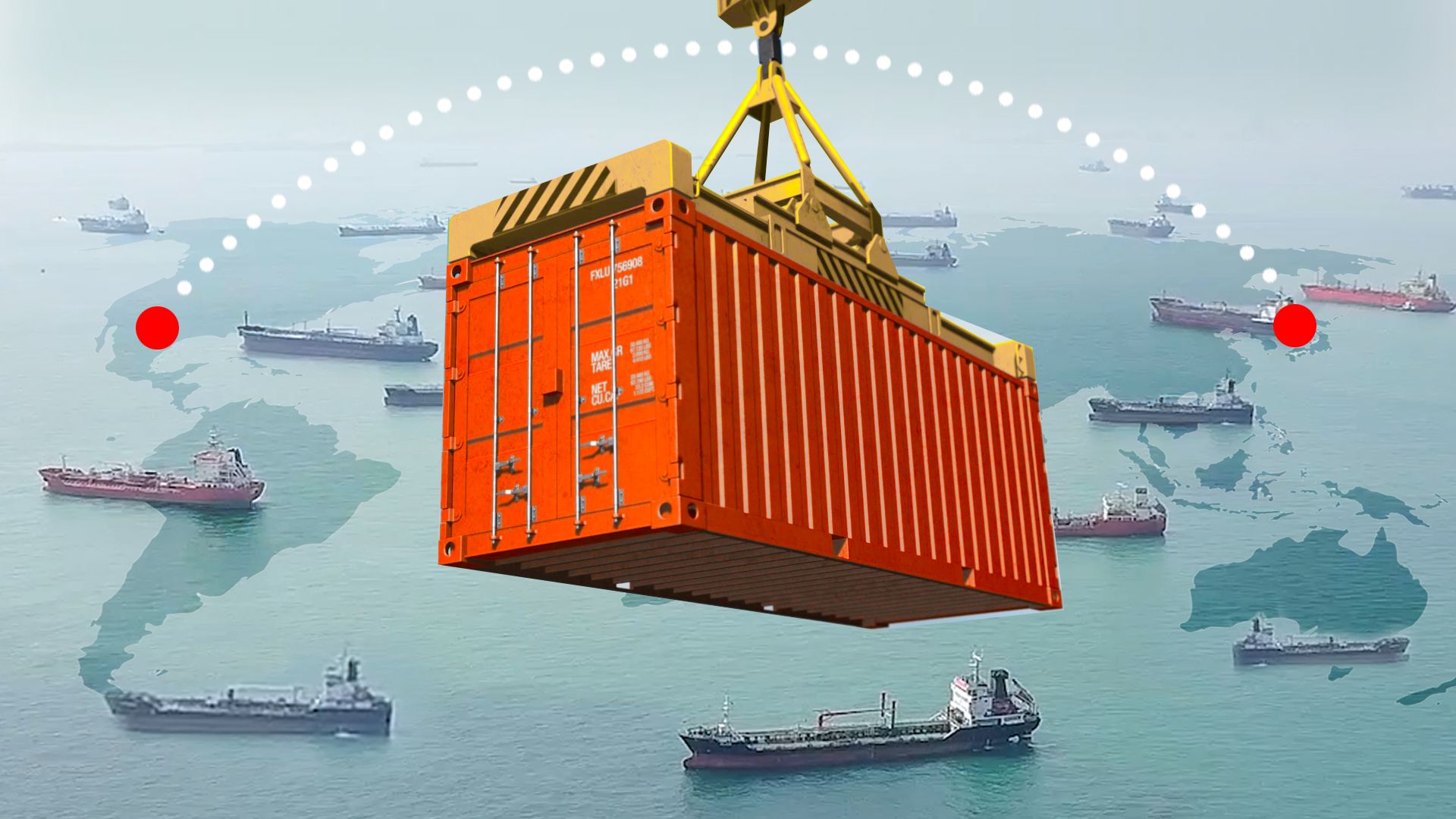Boat design is a complex process that involves a delicate balance of aesthetics, engineering, and functionality. From sleek racing yachts to sturdy fishing vessels, each boat is designed to meet specific needs and performance requirements.
Key Factors in Boat Design
- Hull Design:
- Displacement Hull: A traditional hull shape that displaces water as it moves.
- Planing Hull: Designed to lift the boat out of the water at high speeds, reducing drag.
- Catamaran Hull: Two parallel hulls that provide stability and speed.
- Engine and Propulsion:
- Inboard Engines: Engines located within the hull.
- Outboard Engines: Engines mounted on the transom.
- Jet Drives: A type of propulsion system that uses a jet of water to propel the boat.
- Materials:
- Fiberglass: A popular choice due to its strength, durability, and versatility.
- Aluminum: Lightweight and corrosion-resistant, often used for performance boats.
- Wood: Traditional material used for classic boat designs.
- Safety Features:
- Life Jackets: Essential safety equipment for all passengers.
- Fire Extinguishers: To combat fires on board.
- Navigation Equipment: GPS, charts, and other navigational aids.
- Bilge Pumps: To remove water from the bilge.
- Comfort and Amenities:
- Cabin Layout: Designing comfortable and functional living spaces.
- Galley: A kitchen area for cooking and food preparation.
- Head: A bathroom facility.
- Saloon: A social area for relaxation and entertainment.
The Future of Boat Design
The future of boat design is driven by technological advancements and evolving consumer preferences. Some emerging trends include:
- Electric Boats: Environmentally friendly and quiet boats powered by electric motors.
- Autonomous Boats: Self-driving boats that can navigate and operate without human intervention.
- Advanced Materials: The use of lightweight and strong materials, such as carbon fiber, to improve performance and fuel efficiency.
- Smart Boat Technology: Integrating smart technology to enhance safety, navigation, and comfort.
By carefully considering these factors, boat designers can create vessels that are not only aesthetically pleasing but also safe, efficient, and enjoyable to use.





